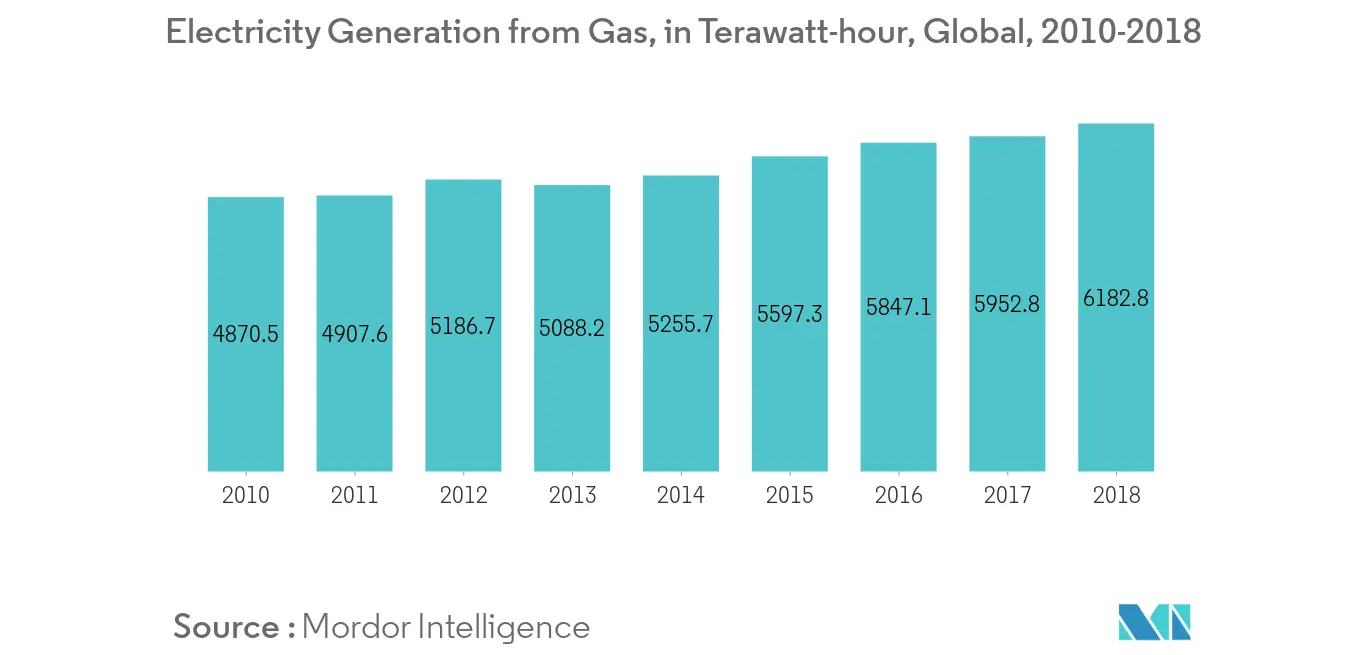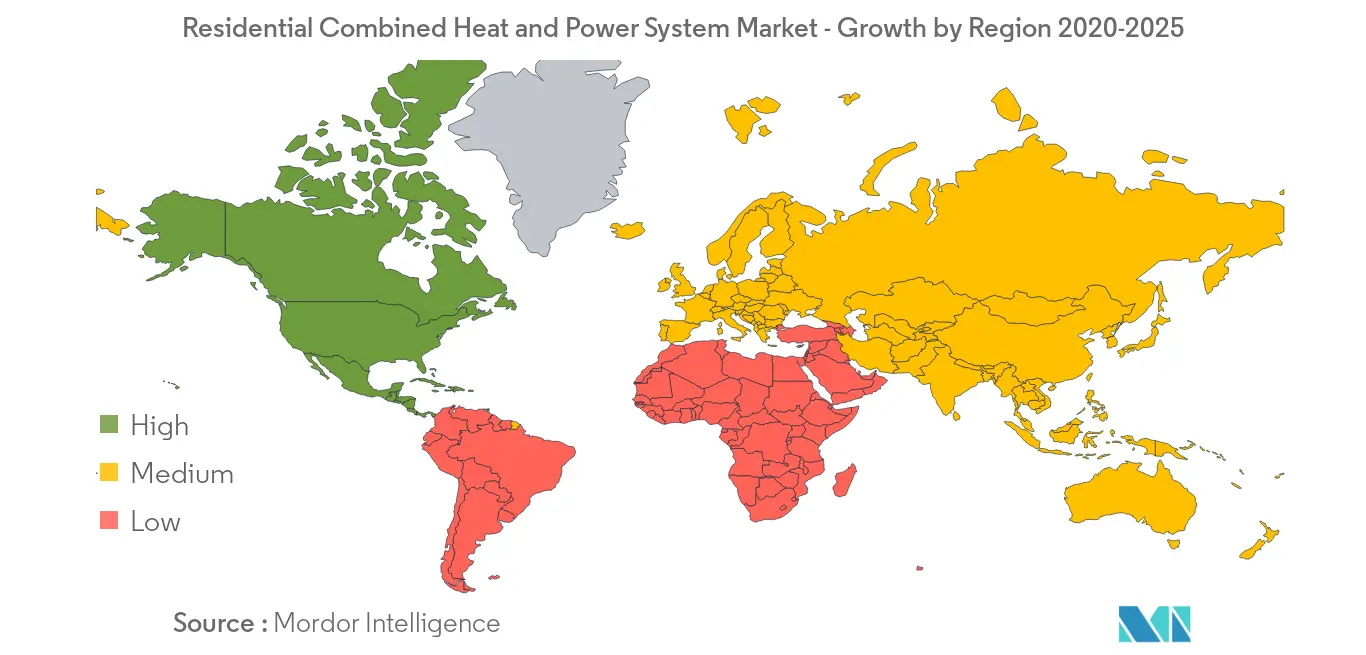Market Trends of Residential Combined Heat & Power System Industry
This section covers the major market trends shaping the Residential Combined Heat & Power Market according to our research experts:
Engine Based to Dominate the Market
- The Engine based residential combined heat and power systems are expected to dominate the market in terms of market share, due to the factors like ease of use, no loss in transmission and its relatively matured technology compared to fuel cell based combined heat and power systems.
- The increase in the production of natural gas has shifted the global focus on the development of gas-fired CHP systems. The greenhouse gases emitted from gas-fired CHP are comparatively lower than that emitted from coal-fired power plants. Moreover, the demand for peak power is increasing globally, which can be most effectively met by gas-based power generation.
- For residential buildings the on-site electricity generation from engine based CHP have proved to save up to 40% of primary energy when compared to conventional electricity supply from central grids.
- The electricity consumption rose more than primary energy consumption, with increases at 4% and 2.3%, respectively. The electricity demand increased more than overall energy growth because more people got access to electricity.
- Therefore, factors such as increased demand of heat and electricity, economical superiority of CHP over conventional electricity supply, reduction in transportation and distribution losses, and increased concerns over greenhouse gas emissions from coal based power plants, are expected to help drive the market in forecast period.

North America to Dominate the Market
- North America has dominated the combined heat and power market in 2018 and is expected to continue its dominance in the coming years as well. A reliable and resilient grid is critical to the economic growth and energy security of countries like the United States. As the country's grid interconnects a growing number of renewable energy sources, such as wind and solar, the intermittent nature of power generation from these sources is creating challenges for power system operations. Electric utilities and other system operators are facing an increasing and immediate need for additional power to keep the electric grid stable and secure.
- Due to aging transmission and distribution network of the USA, Canada, and China, CHP is seen as an attractive option for heat and electricity generation, due to the requirement of no transmission network and low carbon emission, which, in turn, is expected to support the significant growth of the market in North American region.
- As of August 2018, there were 81.3 GWs of CHP installed at more than 4,400 sites around the United States and its territories. There were 111 new CHP installations in the country, representing 554 megawatts of new capacity in 2017. The states with the most new CHP installations were New York (53), New Jersey (10), California (5), and Pennsylvania (5).
- Therefore, the aforementioned factors are expected to drive the market in forecast period, similar to the trend witnessed in recent years.


